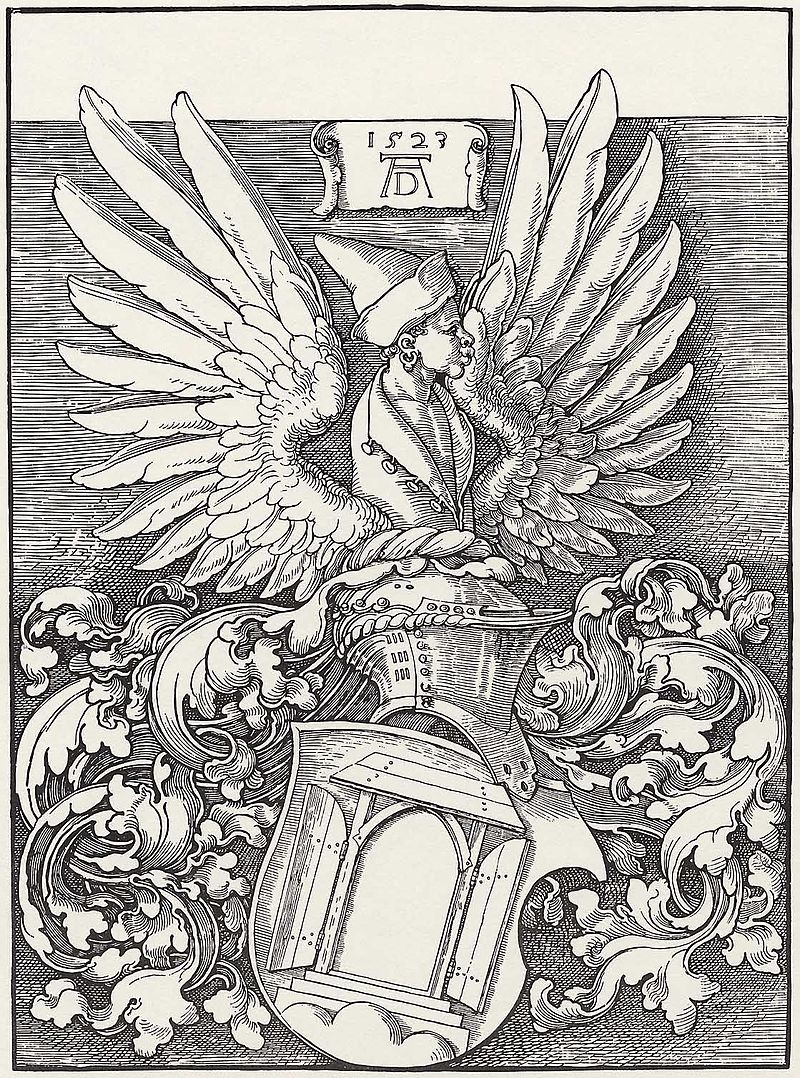The scholar Jean Devise has traced the earliest uses of a Moor or a Black figure in heraldry to Bavaria, the upper Rhineland, and Lower Saxony in the late thirteenth and early fourteenth centuries. The use in family and institutional crests at this time most likely reflected the spread of the imagery of the Hohenstaufen emperors, as in St. Maurice and the Black Magus, in which Black figures stood in for the universalist pretensions of the Church and the Empire.
From the early fifteenth century, in the context of increasing conflict against Muslims in the Iberian, Balkan, and Anatolian peninsulas and in the context of European maritime exploration and participation in global trade, including in African slaves, Black figures began to take on more fantastical, exotic, and degrading features even as older traditions continued. They appeared as monsters, conquered enemies, or noble savages and in these forms served as symbols of military accomplishment, commercial success, or conspicuous luxury. In this period Black figures became a more common heraldic feature across the German lands.
It was in this context that Albrecht Dürer invented his own family crest. It features a shield with an open door, a play on his last name, crowned with a Black man with an earring. Perhaps he included this figure merely to follow the fashions of the better families of the region, or perhaps he also intended it to signify his cosmopolitan outlook.
Jeff Bowersox
deutsch
Source: Albrecht Dürer, Coat of Arms, Grafische Sammlung Albertina, Vienna, via Wikimedia Commons.

Albrecht Dürer’s family crest (1523) by Jeff Bowersox is licensed under a Creative Commons Attribution-ShareAlike 4.0 International License. Permissions beyond the scope of this license may be available at https://blackcentraleurope.com/who-we-are/.
